Is my kid’s bike the right size for them?
"How can I tell if my child's bike is the right size?" is something we get asked fairly often - by people buying a new bike and by those wondering if it's time to go bike shopping (again!) for one of the best kids' bikes.
Sometimes it's really obvious, but other times it isn’t as straightforward as you might think. However, there are usually some very clear indicators if your child's bike is either too small or too big.
Riding an incorrectly sized bike is annoying and takes the fun out of cycling. But sometimes i can be downright dangerous too, which is why it's important to check that your child's bike isn't too big or too small for them.
If you've not already done so, now's the time to download our bike buying checklist.
How can I tell if my child's bike is too big?
Buying a bike that's too big is a common mistake that many parents / grandparents make. There's often an urge to buy a bike for a child to "grow into", but I'd ask you to compare buying a kids bike to buying them a pair of shoes.
You don't buy your child shoes that are far too big - they'd be uncomfortable and they'd trip over a lot. They wouldn't be able to walk very far and running would be out of the question. Instead you buy your child a pair of shoes that fits, but has plenty of room for growth. The same should apply to their bike.
Plenty of room for growth, without being too big, is the sizing rule when buying a new kids bike.
If you buy a bike that's far too big, in the hope it will last longer they may not be able to control the bike when starting, riding or stopping, which can lead to accidents and injury. It certainly won't be fun, and they probably won't want to ride it.
Checking the standover of a child's bike
When sizing a child on a bike, the first thing to do is check what’s called "standover". As the name suggests, this is whether they can "stand over" the frame.
Some starter bikes and city bikes have a very low frame, so this isn't a problem, but most starter, hybrid, mountain and road bikes have a higher top tube and you need to make sure the top of the frame isn't too high for them. To check this, have your child stand up with their legs either side of the top tube of the bicycle just in front of the saddle. They should be straddling roughly the half-way point on the top tube with their feet flat on the floor.
For a standard type of bike you’re looking for a 2 or 3 cm gap between their undercarriage and the top tube, a bit more if it's a mountain bike.
If your child can’t straddle the bike with flat feet and they have to be on tip toes with both feet, the bike is too big for them.
Buy a bike with a standover height that is too big and you risk severely denting your child's confidence.
It will be difficult for them to push themselves off and start pedalling, plus there's the potential for an injury caused by landing on the top tube if they have an unplanned dismount, something those of us of a certain age remember all too well in a time of more questionable bike fit for kids
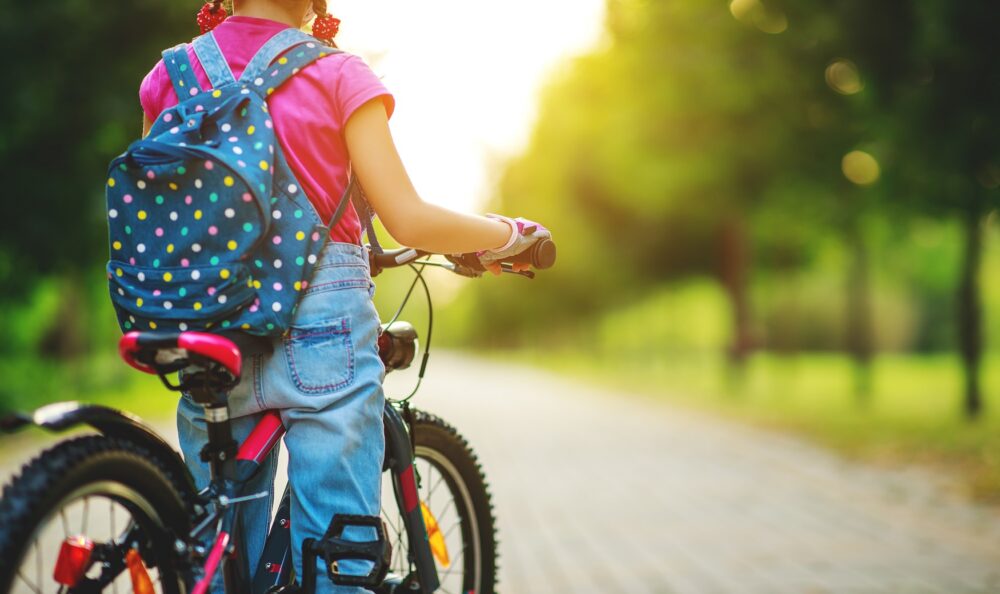
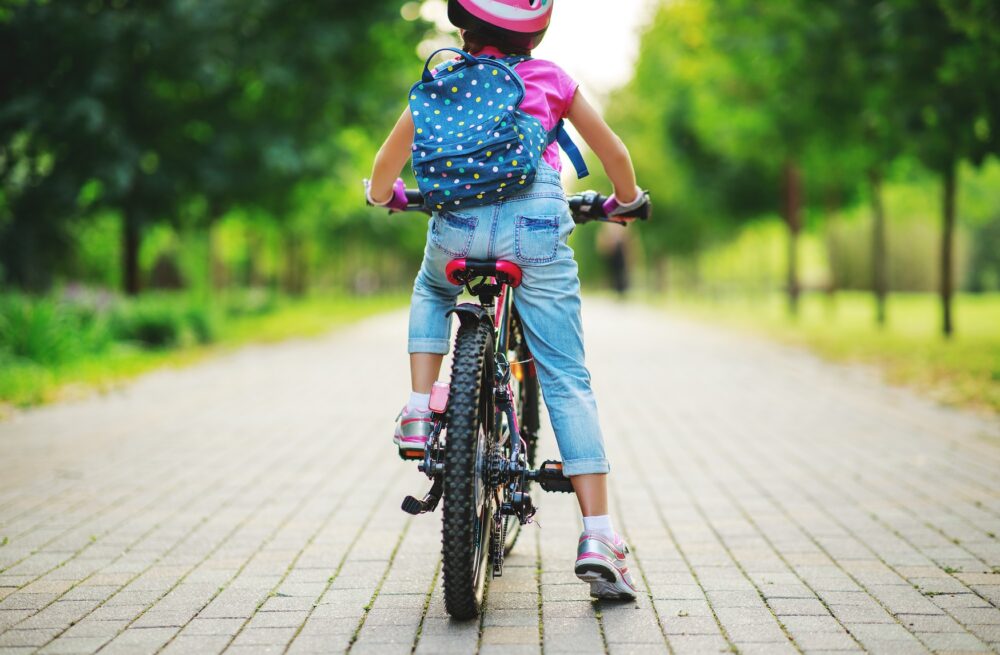
Checking the saddle height of a child's bike
In order for your child to pedal their bike easily it's important to have the saddle set to the correct height. Too low and their thighs will burn when pedalling, too high and they won't be able to control the bike properly.
Have your child straddle the frame again, and then hold the frame steady for them so they can put both feet on the pedals. Get them to rotate one leg so the pedal is in the lowest position. Their foot should be flat on the pedal and their knee slightly bent. If their leg is totally straight, or they need to be on the balls of their feet then the saddle needs lowering.
If it's already in the lowest position and you can't lower it any further you know the bike is too big for your child. If their knee is bending a lot then the saddle needs raising (see below for advice on checking if the bike is too small for them).
Next you need to test what happens when you're not holding the bike frame - don't just let go though!
An older child who is already a confident cyclist, should be able to manage with the bike slightly angled and one foot flat on the floor the other on the ball of their foot whilst resting their bottom on the saddle. However, for younger riders or new/nervous riders you must make sure they can get both feet on the floor whilst sitting on the saddle.
You can raise the saddle again as they gain confidence on the bike.
Checking the reach of a child's bike
The other important thing to consider is the "reach" - how far forward your child needs to stretch to reach the handlebars.
If the bike frame is too big for them they'll struggle to reach the handlebars, or will need to have their arms locked rigid in place just to keep contact with the handlebars, with no extra movement for braking or changing gears comfortably. This makes it really difficult to control the bike properly, and your child will loose confidence.
You want them to be able to ride with a relaxed upper body position, with arms ever so slightly flexed. If they're stretching forward, struggling to reach the handlebars, with their arms locked into position you know the bike is too big.
Handlebar width can also have an impact on how enjoyable the bike is to ride, and this can be a problem as older kids start to transition onto adult bikes. It can get uncomfortable holding your arms really wide all the time so ask them how their shoulders and upper back are feeling if you're worried the bars may be too wide.
We're all made differently, and what one person finds a comfortable riding position may not be for someone else.
Brake levers and gear shifters on a quality kids bike are also sized appropriately for smaller hands. If you suddenly put a child onto an adults bike they may not be able to operate the brakes or gears properly so check this out. A quick test ride of the bike should help you see that they can easily manoeuvre and control the bike.
Is it OK for my child to ride a bike that's too big for them?
We'd really advise against buying your child a bike that's too big for them. If they can't get their feet onto the ground, can't reach the handlebars or operate the brake levers with their small hands, then there are obviously safety issues as being able to stop and control the bike is crucial.
It’s important not to have the “they’ll grow into it” mentality and buy a size too big. Remember you don't buy them shoes that are far too big - they wouldn't be able to walk properly!
It's not unusual for a child who has learnt to ride and been really keen to pedal to suddenly stop enjoying it and loose interest in cycling if their bike is too big. Younger kids in particular, can't tell you what feels wrong and are likely to say "I don't want to ride my bike" or "I hate cycling" rather than understanding and articulating that it's the bike that's too big and making them feel unsafe.
A too-big bike can also be very hard work - both mentally and physically. A bigger bike will be heavier than its smaller counterparts, which is more tiring, especially for younger children. The added concentration needed to ride a bike that's difficult to control can be mentally draining too.
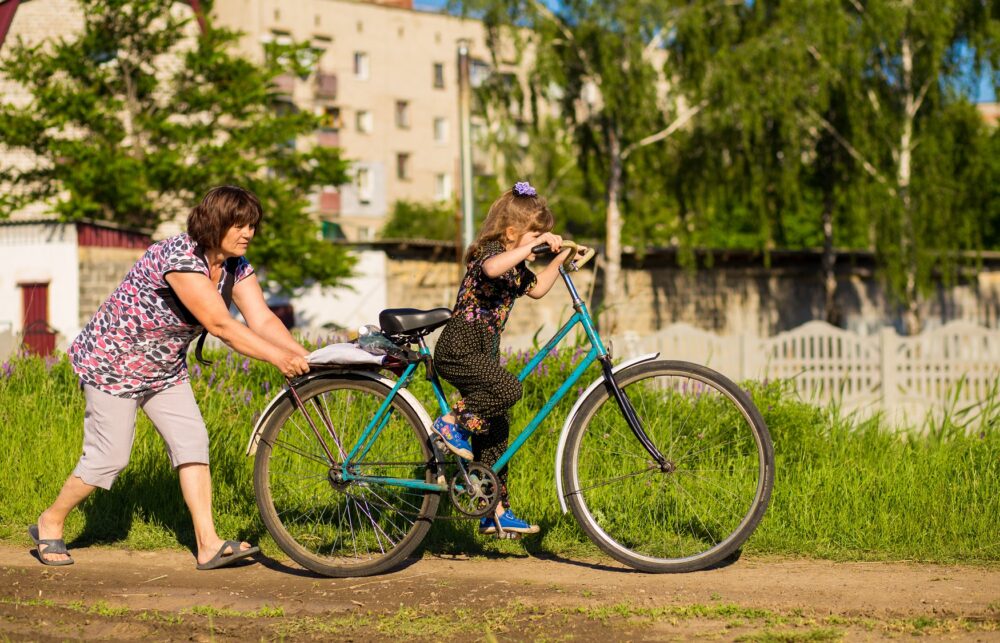
Obviously, there are always exceptions to the rule and we've seen some really talented and confident young riders leap on their parents bikes and ride away, standing up in the pedals!
On occasion we've hired bikes on holiday and the only options have been larger than we'd have liked. However in every instance, we knew our boys could control the bikes - they could get on and off OK and have the skills and confidence to handle them with ease. If they'd been less experienced or more nervous cyclists then we wouldn't have been able to get away with it. In all cases, they've really appreciated getting back onto a correctly sized bike when we got home!
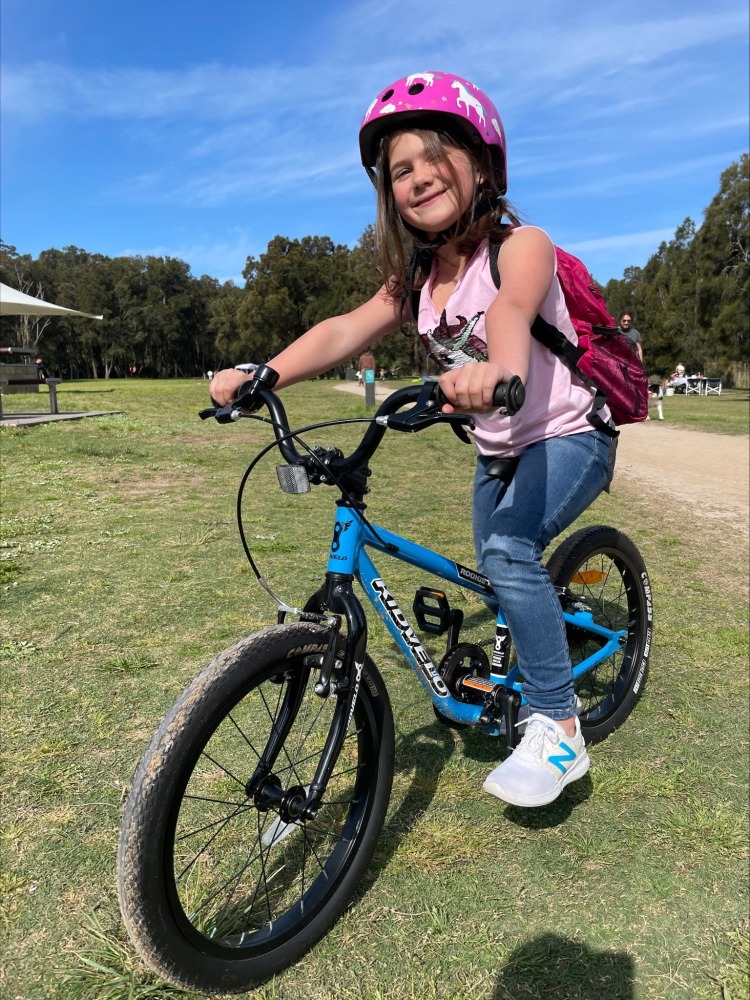
How can I tell if my child's bike is too small?
This can be easier to tell when your child has already been riding the bike for a long time - you'll be aware of how it used to fit them, and suddenly they will seem too tall for the bike. It'll probably coincide with them outgrowing all their clothes too!
When you're buying a brand new bike however, it can be a bit more difficult to tell, especially if it's their first bike. You certainly don't want to be spending your money on a bike that they're at the upper limit on already and will grow out of in a few months.
One of the main factors in determining when a bike is getting too small is the saddle height and seat post length.
If a bike is too small you will no longer be able to set the saddle height high enough. Every seat post should have a minimum insertion line marked onto the metal. This is the point beyond which you mustn't raise the saddle (or you risk snapping the seat post!).
When your child has outgrown the bike you won't be able to raise the saddle high enough for them to have the correct leg extension whilst pedalling.
Their knees will bend too much, they may well complain of sore thighs and they won't be able to go as fast as they want to. They'll be spinning their legs very inefficiently and it will look like hard work.
You may also find that the difference in saddle height to handlebar height looks very extreme with the front end of the bike looking very low in comparison to the saddle height.
This may prompt you to think “A-ha! I can just get a longer seat post!” Sadly this usually won’t solve the problem as the bike frame will still be too small.
Most notably, the bike will look too short and your child’s centre of gravity will be too far forward. You may even start to notice that they bang their knees on the handlebars when they’re pedalling, even when seated.
Is it OK for my child to ride a bike that's too small for them?
In the short term your child is unlikely to come to any harm by riding a bike that's a bit too small for them, so long as they're not banging their knees on the handlebars and they're still able to steer properly. If they're not able to rotate the handlebars fully, then they may not be able to control their direction of travel which is cause for concern.
A longer time spent on a bike that's too small can lead to a sore crotch as well as all sorts of knee, hip and back issues.
Overall, if riding their bike is an uncomfortable experience, they're unlikely to want to do it, so you may see a sudden lack of enthusiasm for cycling. This is the moment you realise you need to upgrade to the next size!
If you've not already done so, now's the time to download our bike buying checklist.
To be sure on correct sizing of your kids bike it’s a good idea to consult the bicycle manufacturers size guide. Use our guide to easily measuring your child for a bike to get the correct measurements.
A quality kids bike will usually have minimum and maximum heights or inside leg measurements for each model and if your child is beyond the maximum you'll know it's time to start looking at our article on the best kids bikes again.
Don't forget if you've bought a quality bike and kept it in good condition that you should be able to sell it on to fund your next purchase.
Easter holiday rides
Recent posts
-
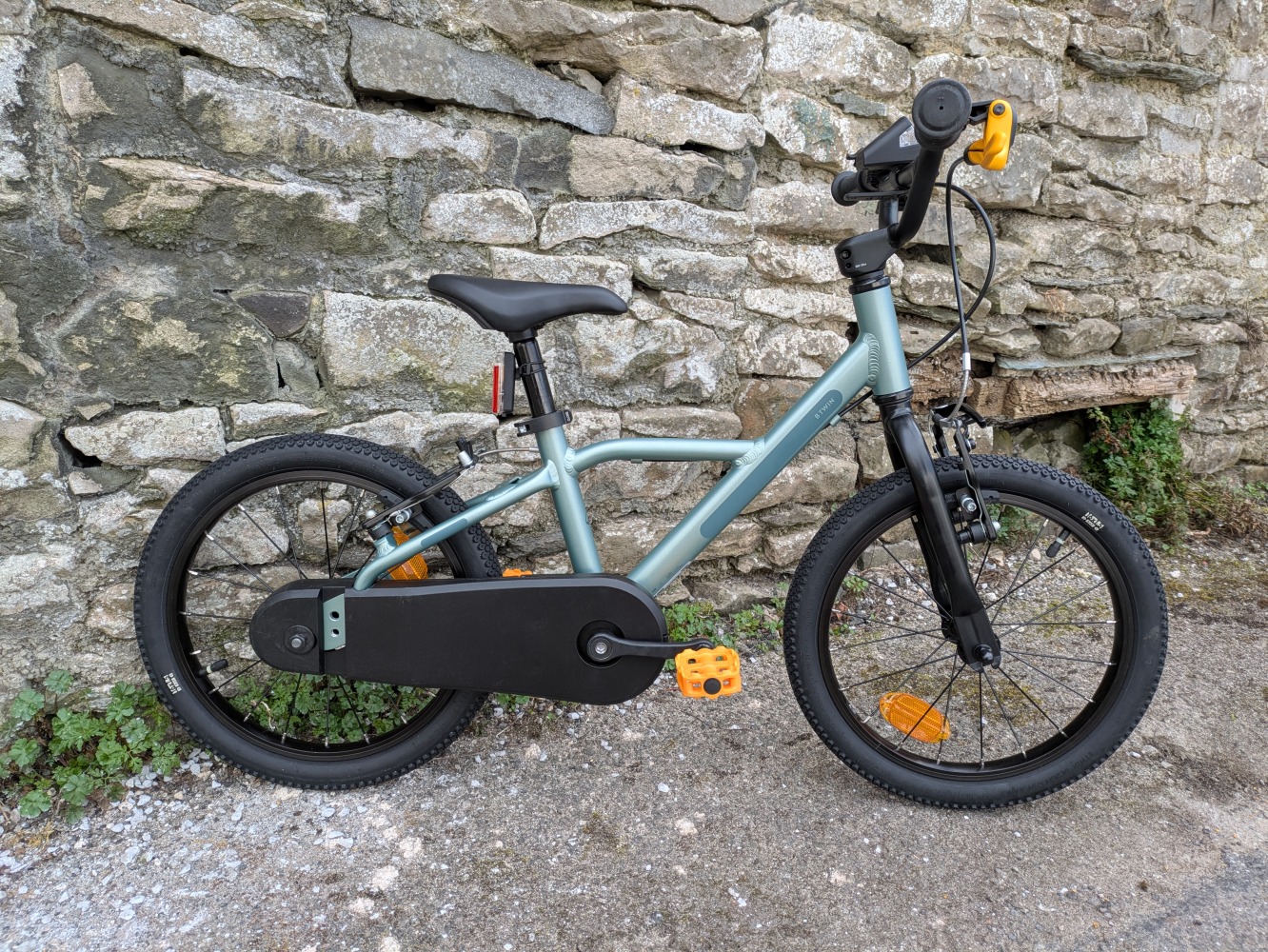 BTWIN 16” Discover 900 First Impressions Review: A budget-friendly 16″ Decathlon bike
BTWIN 16” Discover 900 First Impressions Review: A budget-friendly 16″ Decathlon bike
-
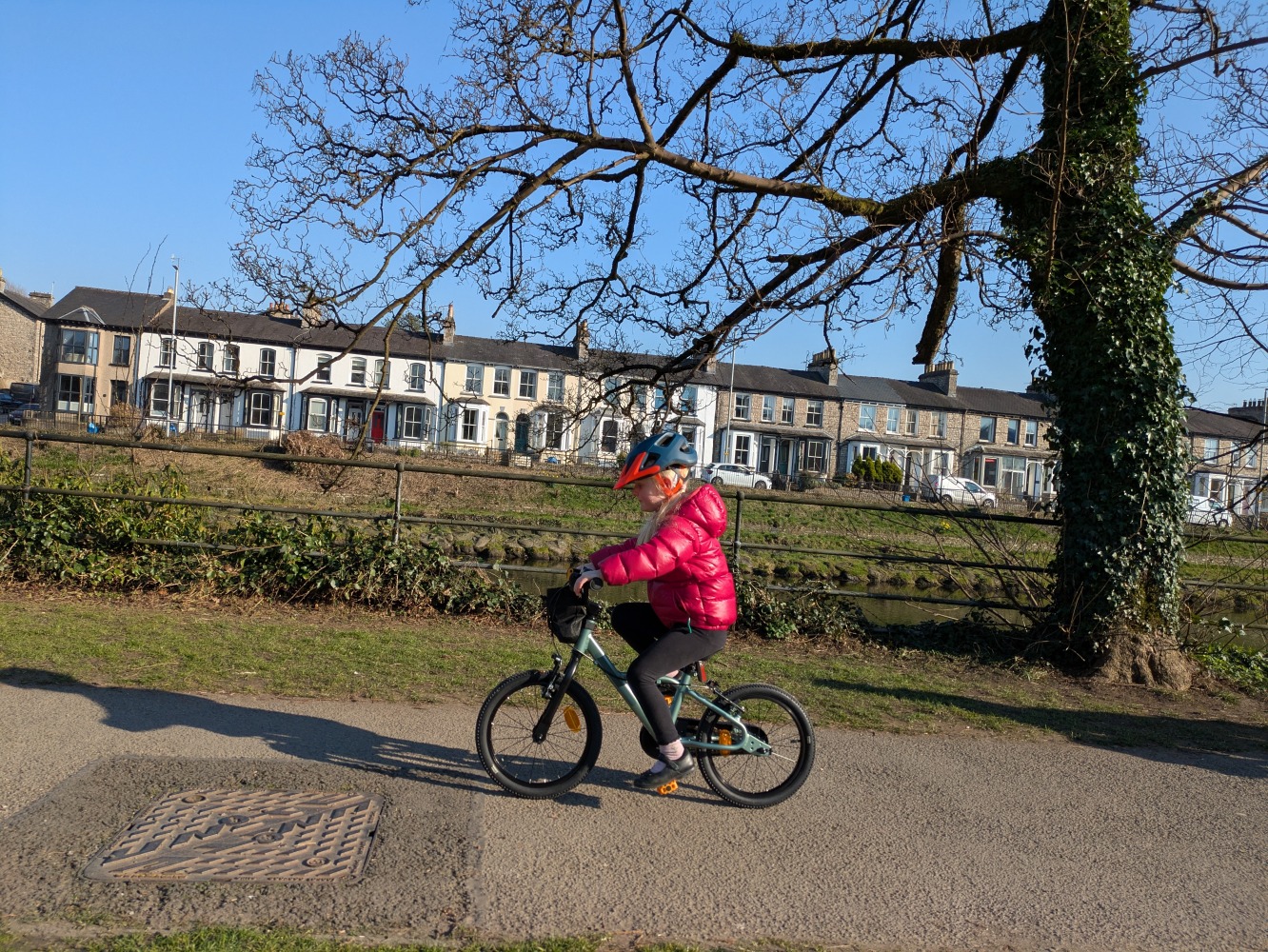 BTWIN kids’ bikes: a comprehensive range overview
BTWIN kids’ bikes: a comprehensive range overview
-
 3 incredible traffic-free family cycling routes in Austria & Italy
3 incredible traffic-free family cycling routes in Austria & Italy
-
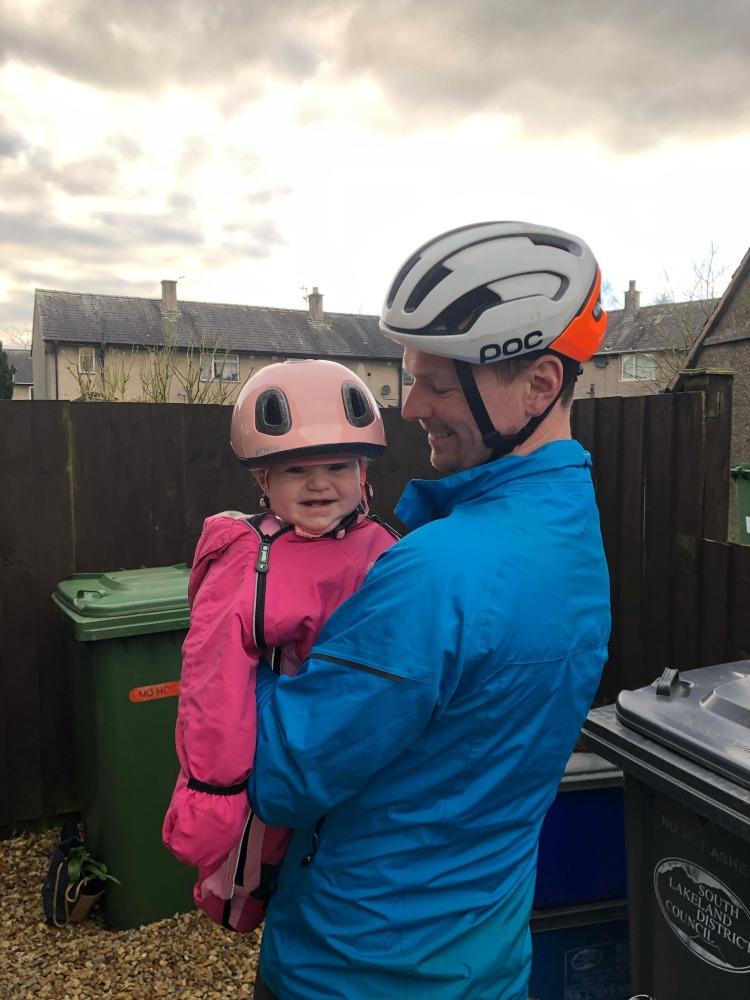 BTWIN 500 Baby Helmet Review: the smallest bike helmet available in the UK
BTWIN 500 Baby Helmet Review: the smallest bike helmet available in the UK
-
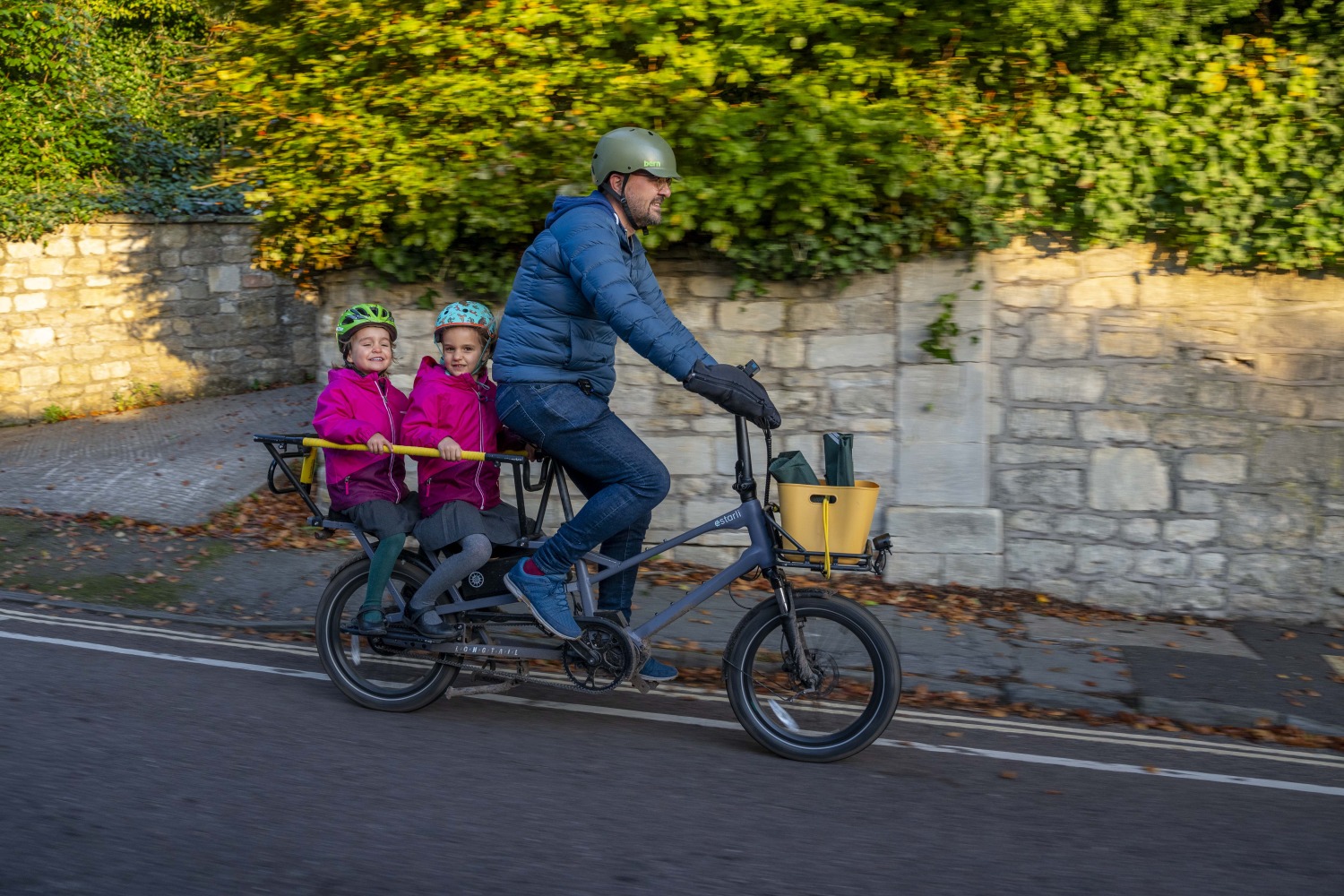 The joy of cargo biking – How electric cargo bikes are transforming family life
The joy of cargo biking – How electric cargo bikes are transforming family life
-
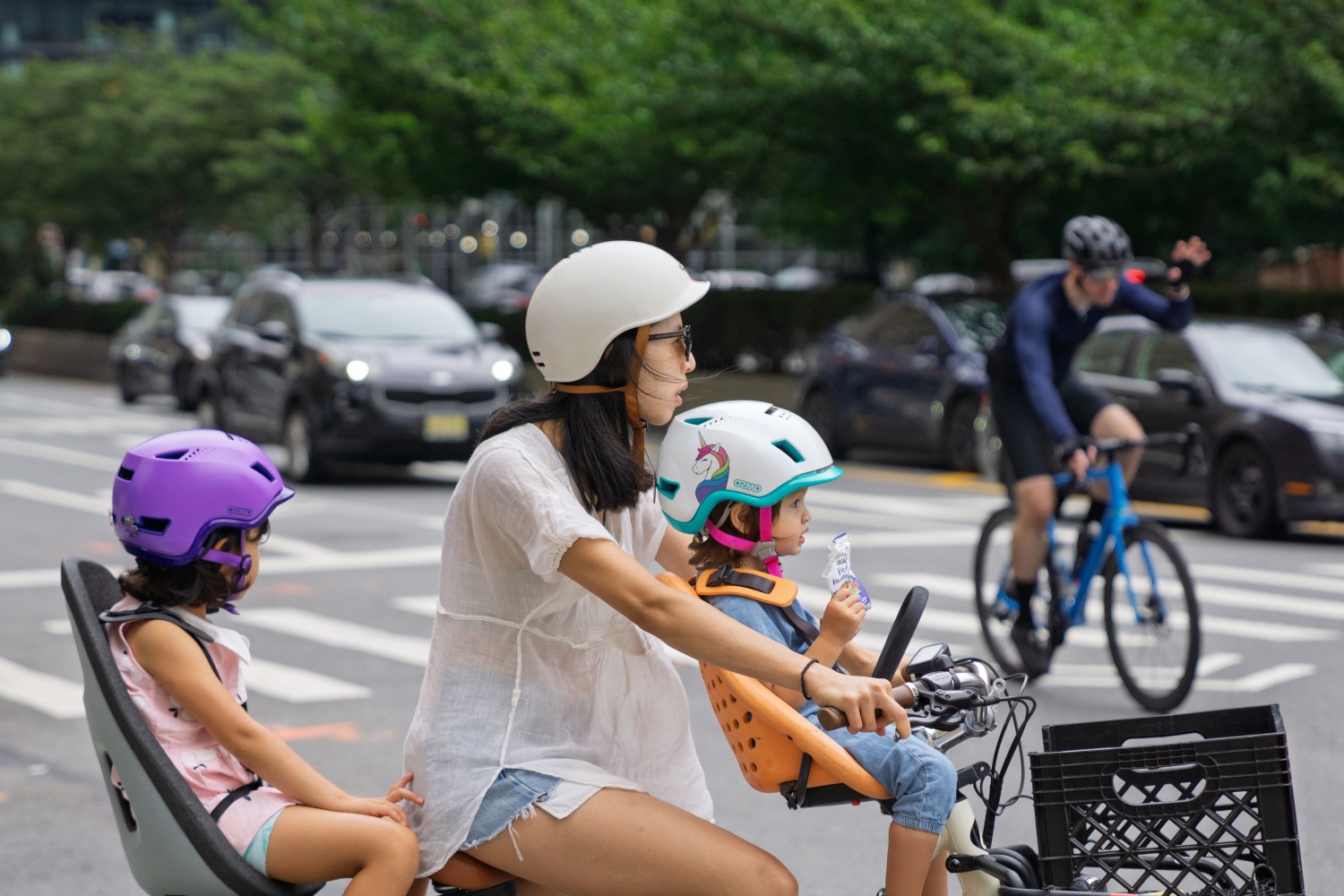 First e-bike helmet for babies: the Ozmo Helmets Kickstarter campaign
First e-bike helmet for babies: the Ozmo Helmets Kickstarter campaign
-
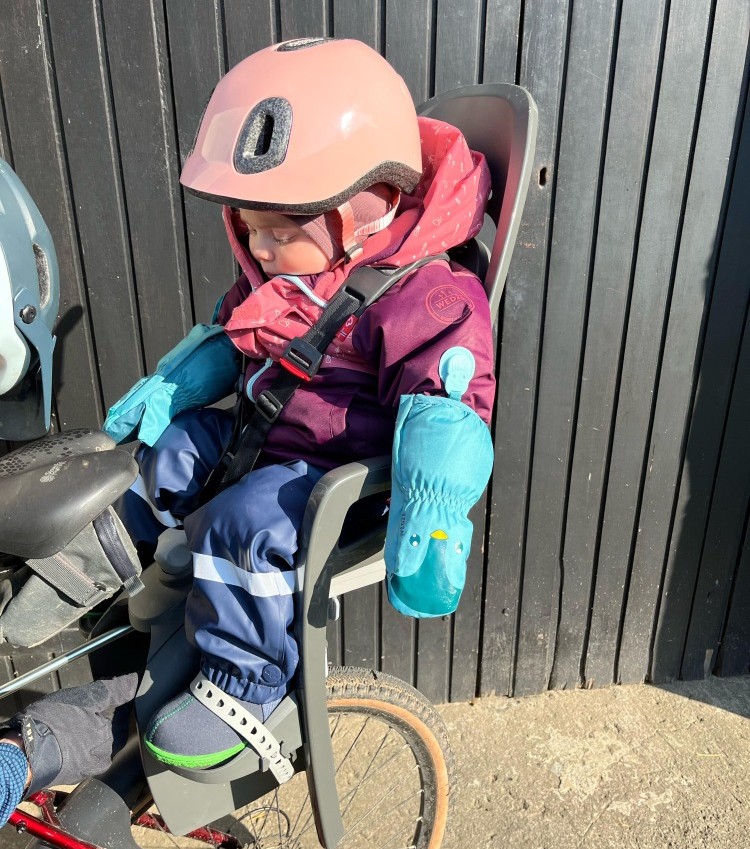 Hamax Zenith Relax Review: A reclining rear bike seat
Hamax Zenith Relax Review: A reclining rear bike seat
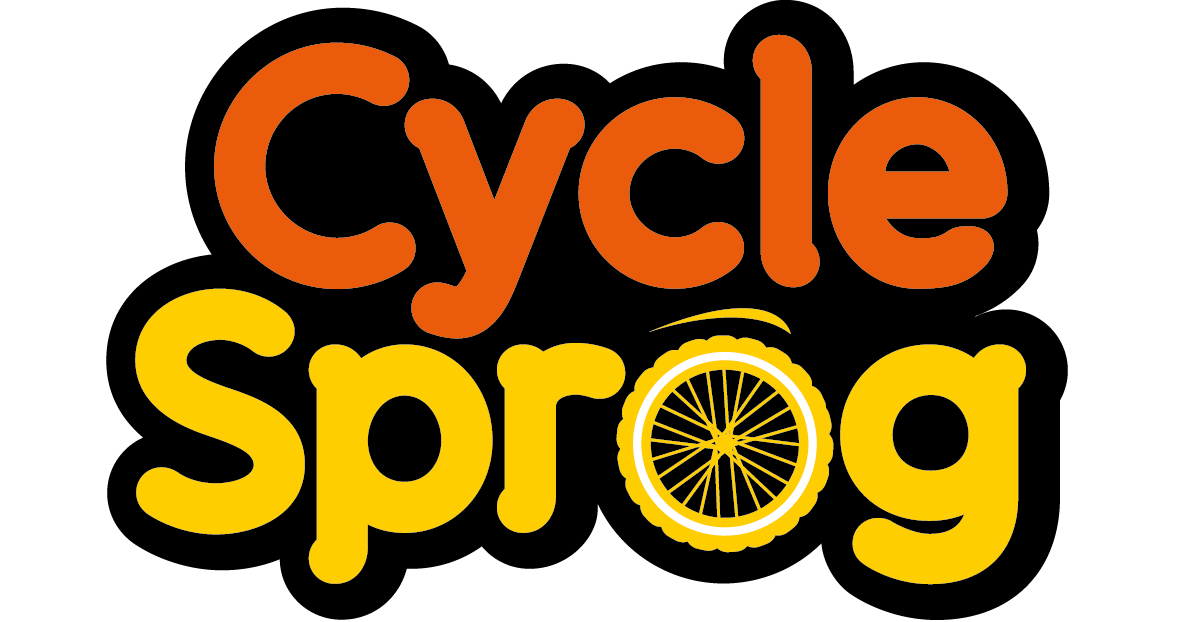
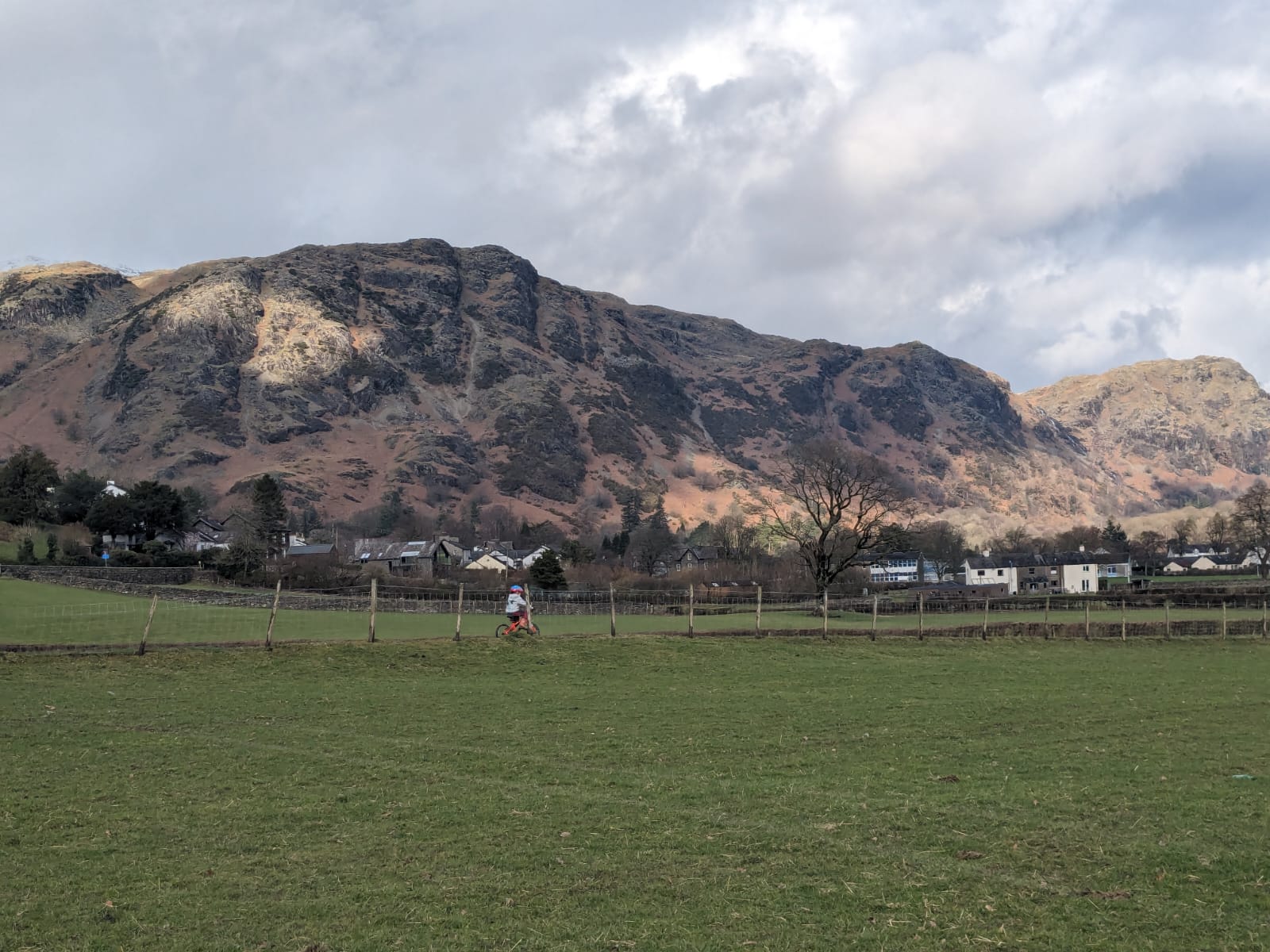
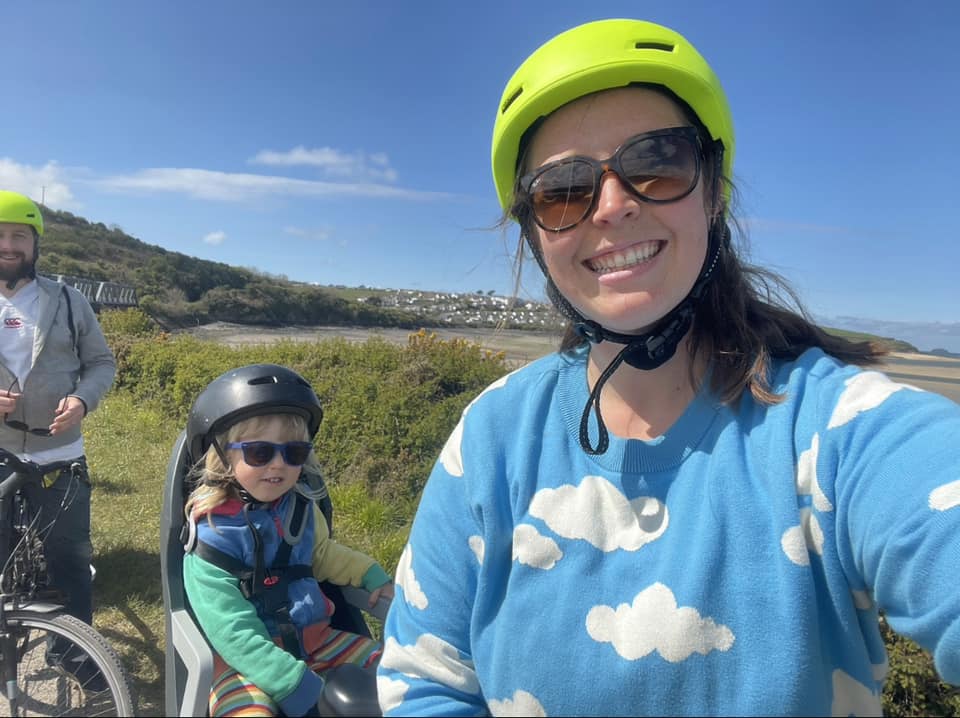
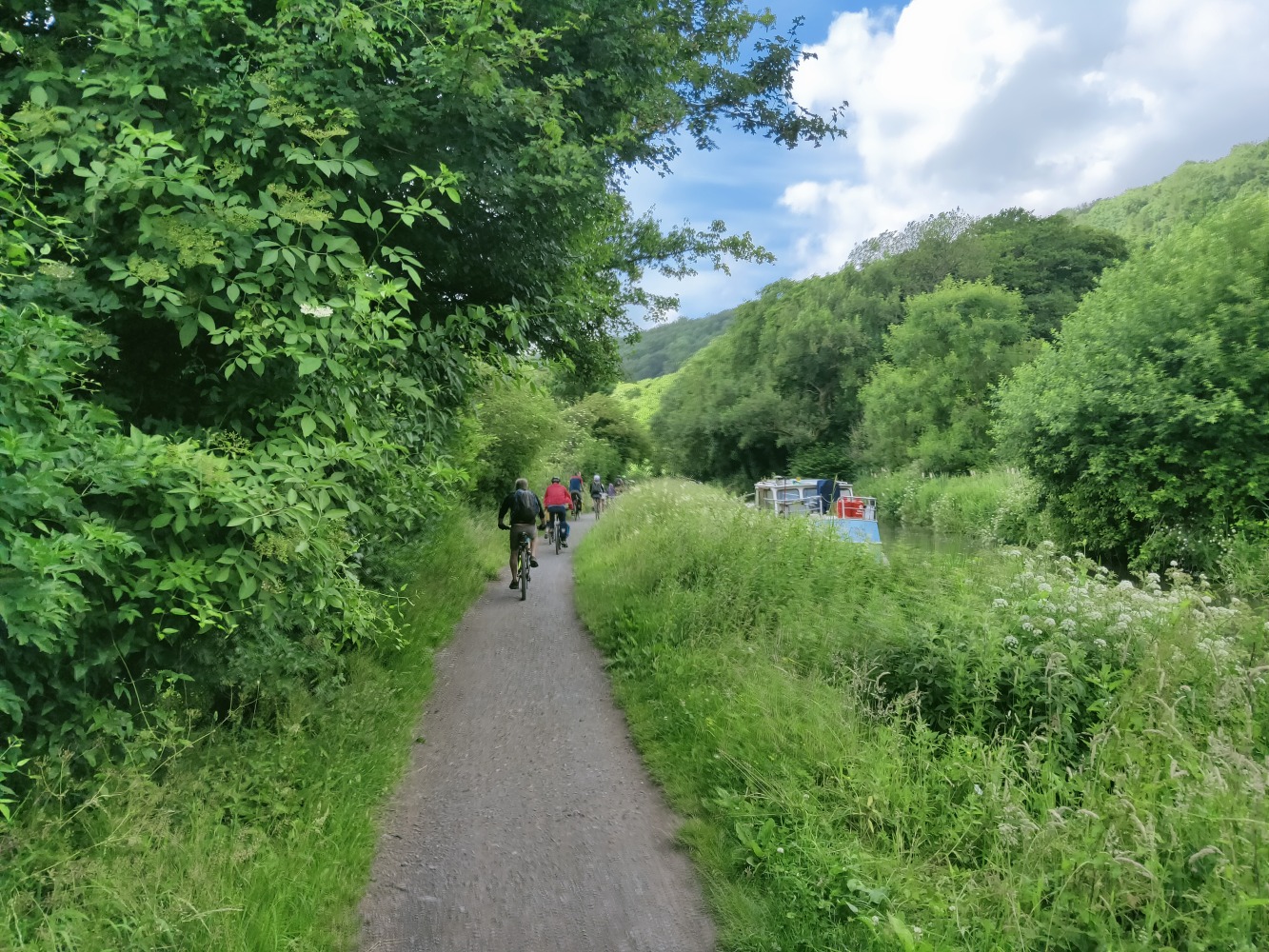
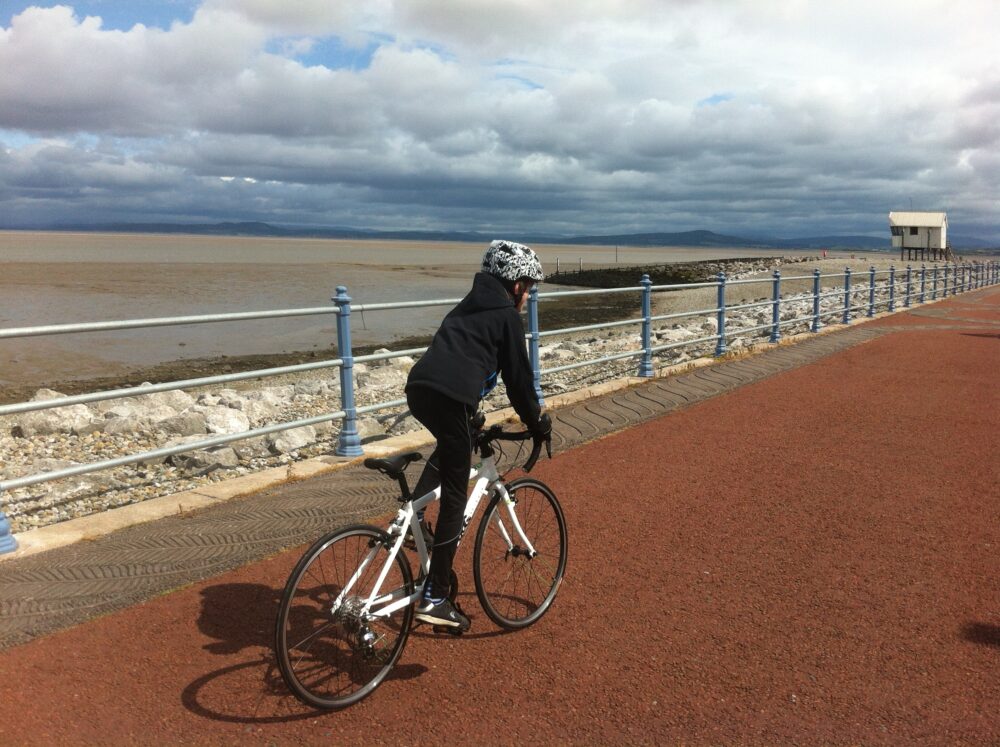

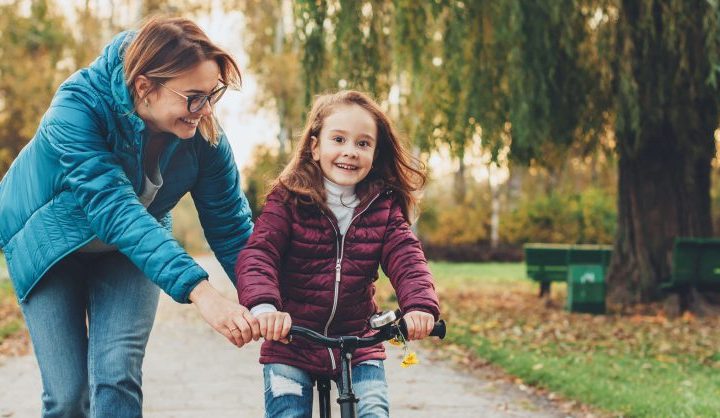
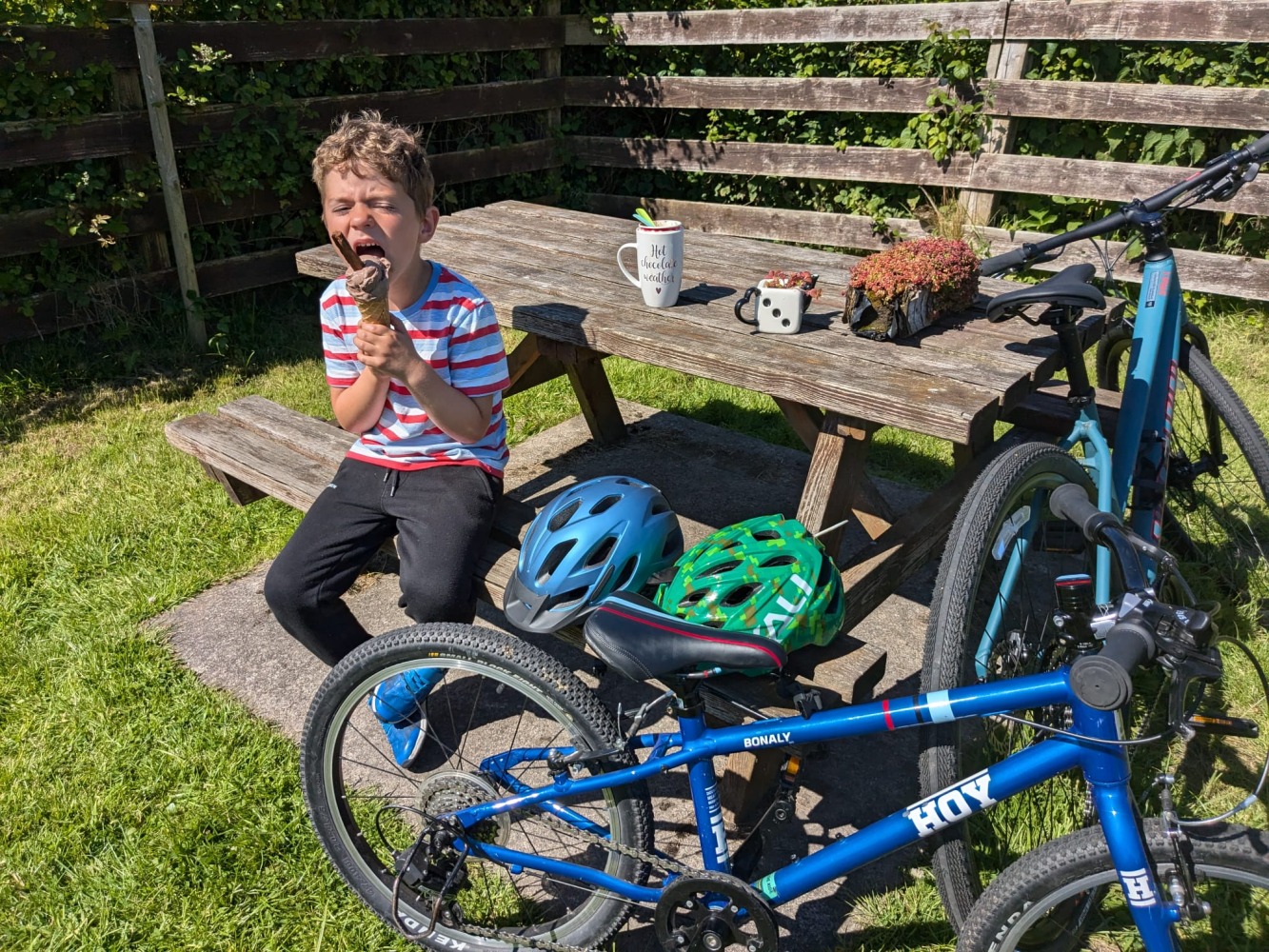
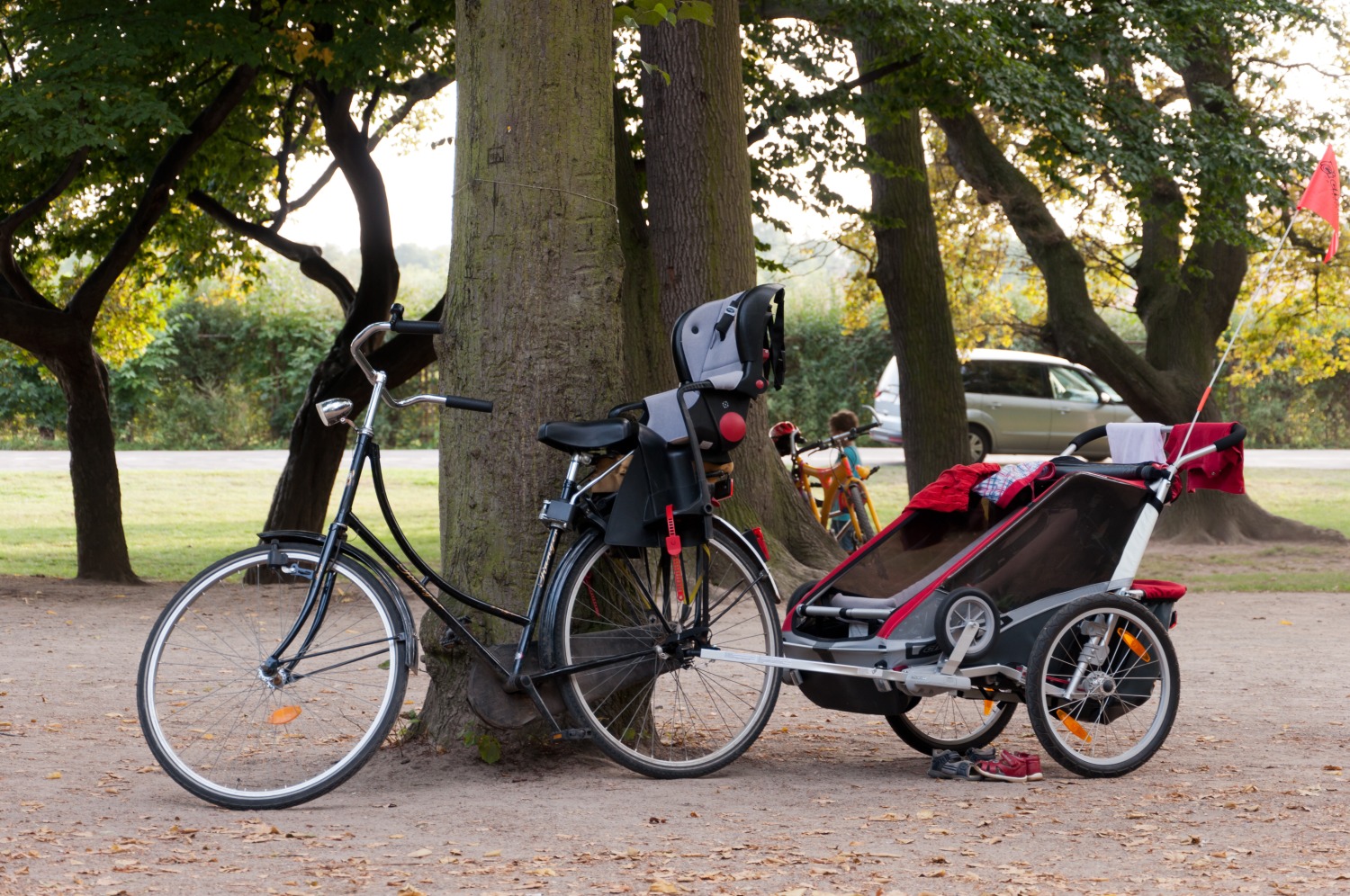
Comments